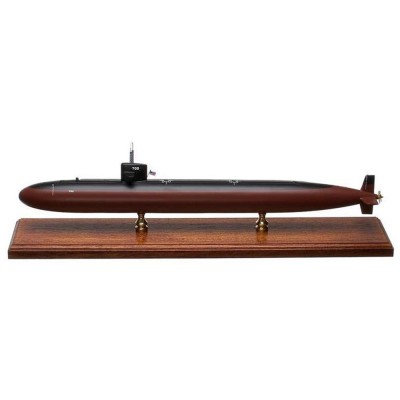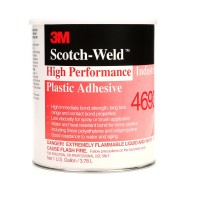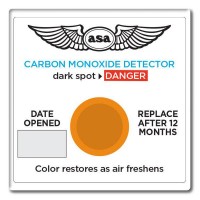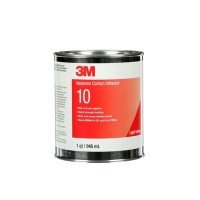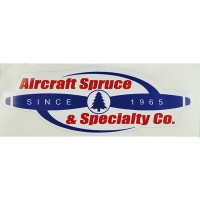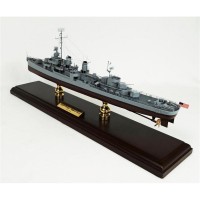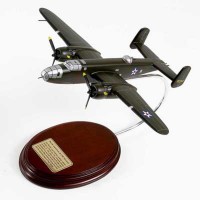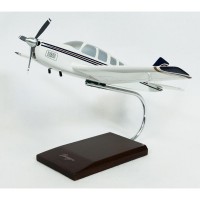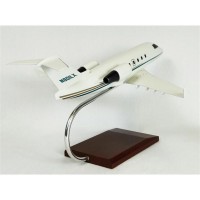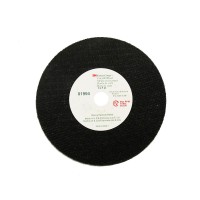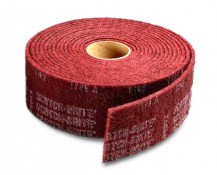1-877-795-2278 | info@aircraftspruce.ca
Aircraft Spruce Canada
Brantford, ON Canada
Corona, CA | Peachtree City, GA
Chicago, IL | Wasilla, AK
Aircraft Spruce Canada
Brantford, ON Canada
Corona, CA | Peachtree City, GA
Chicago, IL | Wasilla, AK
FREE SHIPPING ON ORDERS OVER $699 (SOME EXCLUSIONS APPLY) | 877-795-2278
Los Angeles Class Submarine Model
$467.00/Each
Part# 13-11117
MFR Model# SCMS022
MFR Model# SCMS022
Overview
|
USS Dallas (SSN-770), a Los Angeles-class submarine, is one of two ships of the United States Navy to be named for Dallas, Texas, although another two ships were scheduled but never completed. The LA class serves as the backbone of the United States submarine force. The LA class is an attack submarine, whose mission is to engage enemy surface ships and submarines perform covert operations, and to protect carrier battle groups (CVBGs), which are the primary unit of US naval/military power. The USS Los Angeles (SSN-688) was ordered on January 8, 1971, and was commissioned on November 13, 1976. USS Dallas (SSN-700) was launched on April 28 1979 and was commissioned on July 18 1981. Dallas is assigned to the US Atlantic Fleet and is home ported at Groton, CT. Since then, eighty-five Los Angeles Class ships have been delivered to the US Navy, with most of them still operating in 2002. USS Dallas was featured prominently in the novel and film adaptation of Tom Clancys The Hunt for Red October. The USS Dallas was also featured as the submarine commanded by Tessas late father in Full Metal Panic!, it was the Dallas that was in peril and ended up being saved by Richard Merdukas. USS Dallas was mentioned in the BBC drama Threads as being sunk (presumably by Soviet forces) in the waters off Iran in the lead up to war. |
Q&A
Please note, Aircraft Spruce Canada's personnel are not certified aircraft mechanics and can only provide general support and ideas, which should not be relied upon or implemented in lieu of consulting an A&P or other qualified technician. Aircraft Spruce Canada assumes no responsibility or liability for any issue or problem which may arise from any repair, modification or other work done from this knowledge base. Any product eligibility information provided here is based on general application guides and we recommend always referring to your specific aircraft parts manual, the parts manufacturer or consulting with a qualified mechanic.

 Aircraft Spruce Canada
Aircraft Spruce Canada
